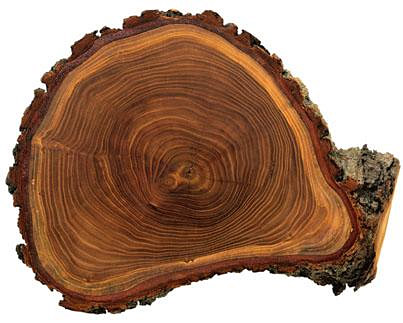I was reading the Wikipedia’s article about time tracking today, and ran across some great content about the advantages of time tracking. Here they are:
Time tracking can lower costs in 3 ways: by making payroll processing more efficient, by making costs visible so you can lower them, and by automating billing & invoicing.
Time tracking can increase revenue through automating billing, which tends to make it easier for a company to get correct invoices out for all hours worked by consulting staff. This speeds up payment and eliminates the hassles of ‘dropping’ bills.
By lowering costs in 3 ways, and increasing revenue in one way, timesheet management technologies that are web-based can improve the health of companies.
In the project management world timesheets can also be used to build a body of knowledge about how much effort tasks take to develop. For example if developing a training plan has historically taken a month, then it can be assumed that creating a new one will take a month.
 In reading Free Prize Inside!, I ran across a paragraph about Henry Ford. I’ll quote below
In reading Free Prize Inside!, I ran across a paragraph about Henry Ford. I’ll quote below  Our product is going to be really cool! We believe we have some truly innovative offerings that nobody has and will be the driving force behind why people choose our product.
Our product is going to be really cool! We believe we have some truly innovative offerings that nobody has and will be the driving force behind why people choose our product. One of the key things I’m learning about as we build our web application, is that it’s far too easy to lose sight of what your product does.
One of the key things I’m learning about as we build our web application, is that it’s far too easy to lose sight of what your product does.